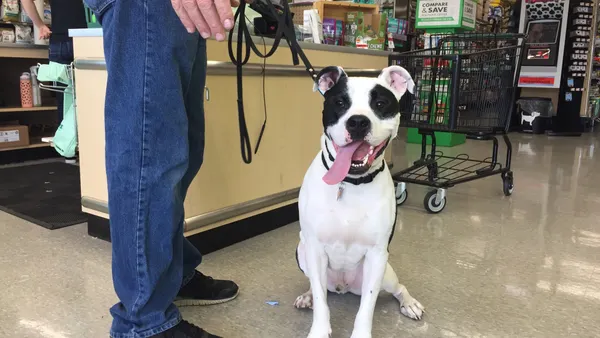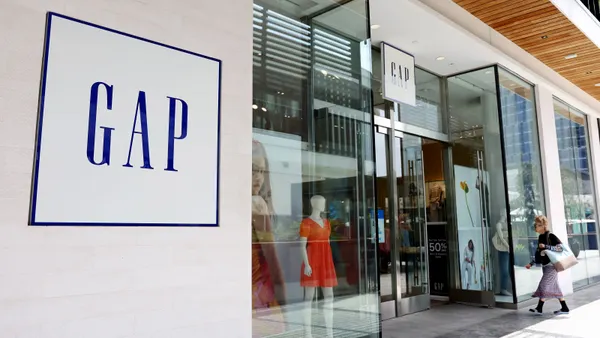Humans are no strangers to impulse. Since childhood, we’ve been accosted by the toys and candy on stores’ shelves. Grown up, a new, yet still alluring set of desires occupy our thoughts. But instead of quickly grabbing, many people pause before they purchase that shiny new toy (or necklace, or car), uttering a phrase that strikes fear in many a retailers’ hearts: “Do I really need this?”
Retailers are looking to reduce this hesitation with new apps and in-store utilities that spark the impulse bug or reduce the amount of time between “I want this” and the checkout. Below are six favorites that help make the impulse buy even more impulsive.
In the store
Shelfbucks
Founded in 2013, Shelfbucks utilizes a new technology in the retail sphere: iBeacon. Using this in-store geo-tracking technology from Apple, Shelfbucks’ shelf-mounted monitors provide customers real-time information and discounts on products they might be considering. Users give the monitors a quick tap with their phones to gain access to coupons and product information. With this, retailers can curtail showrooming in their stores, as consumers may not feel the urge to head back home to price-compare with a discount right in front of them.
Swirl
Yet another iBeacon platform, Swirl was jewelry retailer Alex and Ani’s chosen marketing and advertising platform when it launched the technology in 40 of its stores this year. In a pilot test of the technology, the retailer found that 72% and 75% of customers engaged with a pop-up promotion when they entered a certain radius in the two stores running the test. This high interaction rate hints that the worry over customer intrusion surrounding iBeacon might be overestimated. Retailers can subtly encourage customers to make that impulse buy through targeted discounts positioned throughout the store.
Scan and Go
Using the Wal-Mart app on Android and iOS devices, customers can directly bag any item at the retailer’s stores right after grabbing it from shelves. The app will keep a running total of the products scanned, allowing for quicker checkout time—just scan the phone at the register, pay, and go. Allowing for customers to directly bag their purchases provides them little time to reconsider their decisions, giving them the opportunity to indulge in many impulses throughout their shopping trip.
Out of the store
PowaTag
Flipping through a magazine may be one of the most impulse-conducive experiences for consumers, and their bank accounts may be glad that the coveted items aren’t readily available to buy. Until now. E-commerce startup Powa Technologies raised $96.7 million in outside funding and recently released its flagship product: PowaTag. Reportedly working with around 240 brands, users simply need to spot a retail item they want, scan the PowaTag QR Code with their phone, and pay for the product using the company’s mobile app. The codes can be placed in advertisements, on window displays, and even in pictures on social media. Looks like window shopping just got a little more expensive.
Amazon Cart
While Twitter might not be the most obvious platform to trigger impulse, Amazon recently announced a new way to make purchases with #AmazonCart. Users simply have to reply to an Amazon product link with the hashtag, and the coveted item will appear in their Amazon shopping cart. Now, if only there was a way to reduce that shockingly high online cart abandonment rate.
Cart Abandonment Emails
While a retailer can do very little to keep shoppers from leaving an online site with a full shopping cart, they can do something to entice them to come back. According to Sale Cycle, 46.1% of all cart abandonment emails in 2013—sent to customers reminding them of un-bought products in their carts—were opened. Of these opens, over a third of clicks in the email lead to a purchase back on the website. Catchy graphics and copy, direct links to the carts, and even discounts are all tools retailers can use to make these impulsive wants an impulsive buy.
Would you like to see more retail news like this in your inbox on a daily basis? Subscribe to our Retail Dive email newsletter. You may also want to read Retail Dive's look at what's next for American malls.













